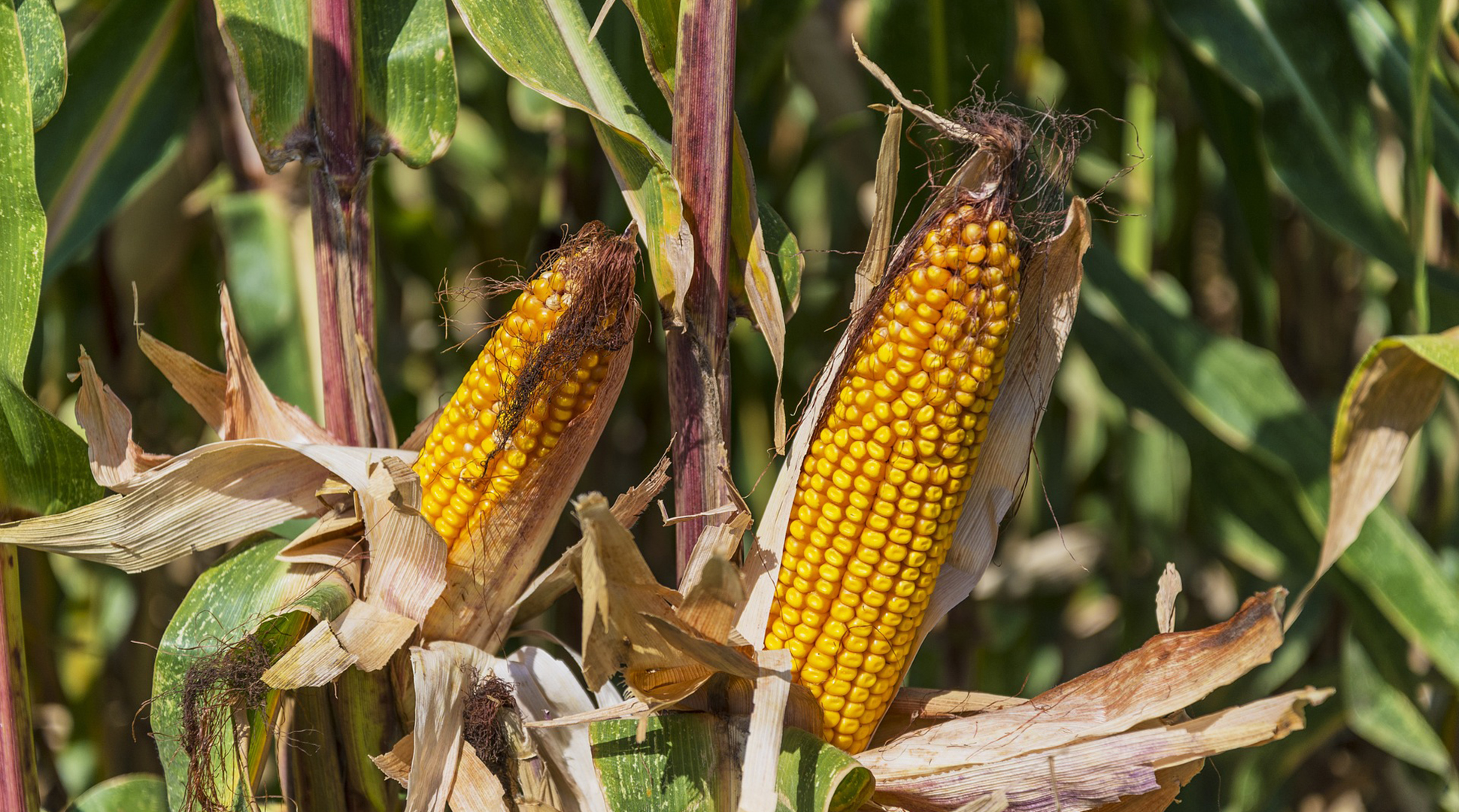We saw a few posts recently on someone's Facebook page expressing concern about bioengineered food being scary, so we thought it was a good time to share USDA's consumer Q&A about bioengineered foods.
What foods require a bioengineered food disclosure?
Highly refined ingredients (like some sugars and oils) and foods that are primarily meat, poultry, or egg products, do not require a bioengineered food disclosure. Food sold by very small food manufacturers and food served in restaurants, food trucks, trains, airplanes, delicatessens and similar retail food establishments are not required to provide a bioengineered food disclosure. They may voluntarily do so.
When will I start seeing the BE symbol on food products?
Food manufacturers and retailers were required to provide the disclosure starting January 1, 2022.
Am I already eating bioengineered foods?
Yes, bioengineered foods are already on the market. Varieties of a few fresh fruit and vegetable crops, such apples and papaya, as well as certain grains and seeds, such as soy and canola, are bioengineered. See the current AMS list here.
Why does USDA's Agricultural Marketing Service (AMS) use the term “BE”?
Bioengineered foods include certain types of genetically modified organisms (GMOs). Congress used the term BE when they passed the National Bioengineered Food Disclosure Standard (NBFDS). Although companies may use the terms “Genetically Modified Organism,” “GMO” and “Genetic Engineering” on their labels, they must use “bioengineered food” or “contains a bioengineered food ingredient(s)” to comply with the NBFDS.
How do I keep up to date on information regarding BE foods?
AMS has a BE rules and regulations and disclosure page on its website.
